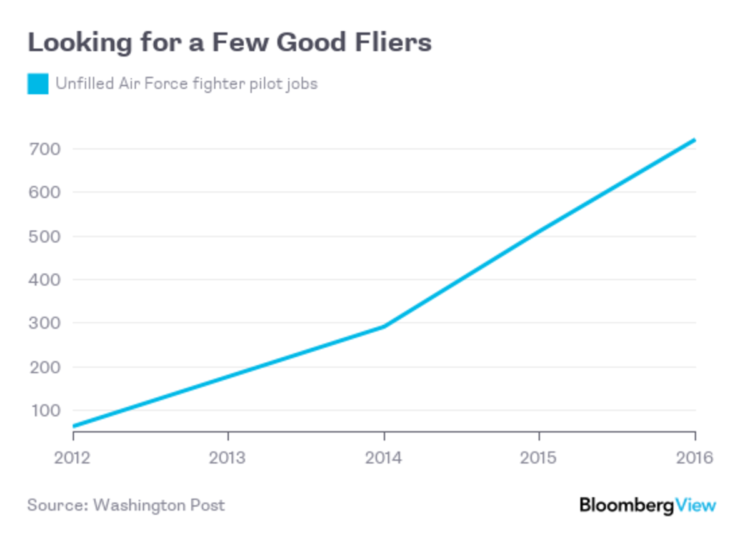Stop Worrying and Learn to Love Amazon’s Meager Profits: Gadfly

published Oct 27th 2016, 5:07 pm, by Shira Ovide
(Bloomberg Gadfly) —
Just when everyone thought Amazon.com Inc. was steering into a lush forest of profits, it veered back to its desert of barren earnings. It has been smart to let Amazon drive wherever it wants to go, so investors should stop expecting the profit bounty.
After about nine months of tidy profits — by Amazon’s low standards — here is the best illustration that the company is back in its familiar mode of investment spending over profits: The Amazon Web Services cloud segment generated more operating income than the entire company: $861 million compared with $575 million for Amazon as a whole. (Amazon’s international operations posted negative operating income, which dragged down the total.)
Amazon posted net income of $252 million, triple the figure from the third quarter of 2015 but still a significant letdown.
Amazon also forecast its usual comically broad forecast for fourth-quarter operating income that was less than the high hopes on Wall Street. Its shares fell about 5 percent in after-hours trading in response.
But why is anyone surprised Amazon is again not very profitable? It said this was coming.
On its quarterly earnings call in July, executives said Amazon was opening 18 inventory warehouses in the third quarter compared with six in the same period of 2015. The company wanted to make sure it could handle a crush of holiday orders after experiencing some hiccups last year that drove up costs.
Amazon also said that its spending on web video programming was set to nearly double in the second half of this year compared with the last six months of 2015. And the company has said it is plowing money into e-commerce in India.
All of that spending meant its operating income as a share of revenue took a step backward from last quarter’s 4.2 percent to 1.8 percent in the third quarter. In fairness, Amazon’s third quarter tends to feature skimpy operating profits and margins as Amazon adds inventory and otherwise preps for the holiday season. The 1.8 percent operating margin reported Thursday was Amazon’s best margin in any third quarter since 2010.
The quarterly report and Amazon’s holiday forecast should make investors rethink their expectations for the company. Yes, through the first nine months of 2016, Amazon already has more operating income than it has in any year in its history. Its operating income margin should be the company’s highest since 2010 if it stays on the trajectory of the first nine months of the year.
But it is reasonable to expect — as the average of Wall Street analysts do — that Amazon’s operating income will nearly double next year? And then nearly double again in 2018? Probably not.
That said, Amazon has more than justified its strategy of plowing nearly every dollar of profit into new endeavors. The company has become the fourth-largest company in the world by stock market value because it is branching into every conceivable corner of business and is absorbing a bigger share of consumers’ and businesses’ spending.
Amazon generates about one-quarter of all U.S. e-commerce retail sales, and it is gobbling share from brick and mortar, too. AWS has changed the complexion of the company and the tech industry. Storing, packaging and shipping goods for other merchants has become a huge business for Amazon and perhaps serves as a model for their ambitions to become a mega-delivery company like UPS. All were initiatives that required heavy investments and have paid off.
Its skimpy profits in retail are all the more reason for Amazon to have invested in the high-margin AWS business. The operating margin actually rose in the cloud business from previous quarters in a sign that perhaps competition from Microsoft and Google isn’t hurting much, if at all.
Revenue growth and expansion at the expense of current profits have always been central to the Amazon story. Investors simply started to tune out that message, and it is time to listen.
This column does not necessarily reflect the opinion of Bloomberg LP and its owners.
To contact the author of this story: Shira Ovide in New York at sovide@bloomberg.net To contact the editor responsible for this story: Daniel Niemi at dniemi1@bloomberg.net
copyright
© 2016 Bloomberg L.P




No Comment